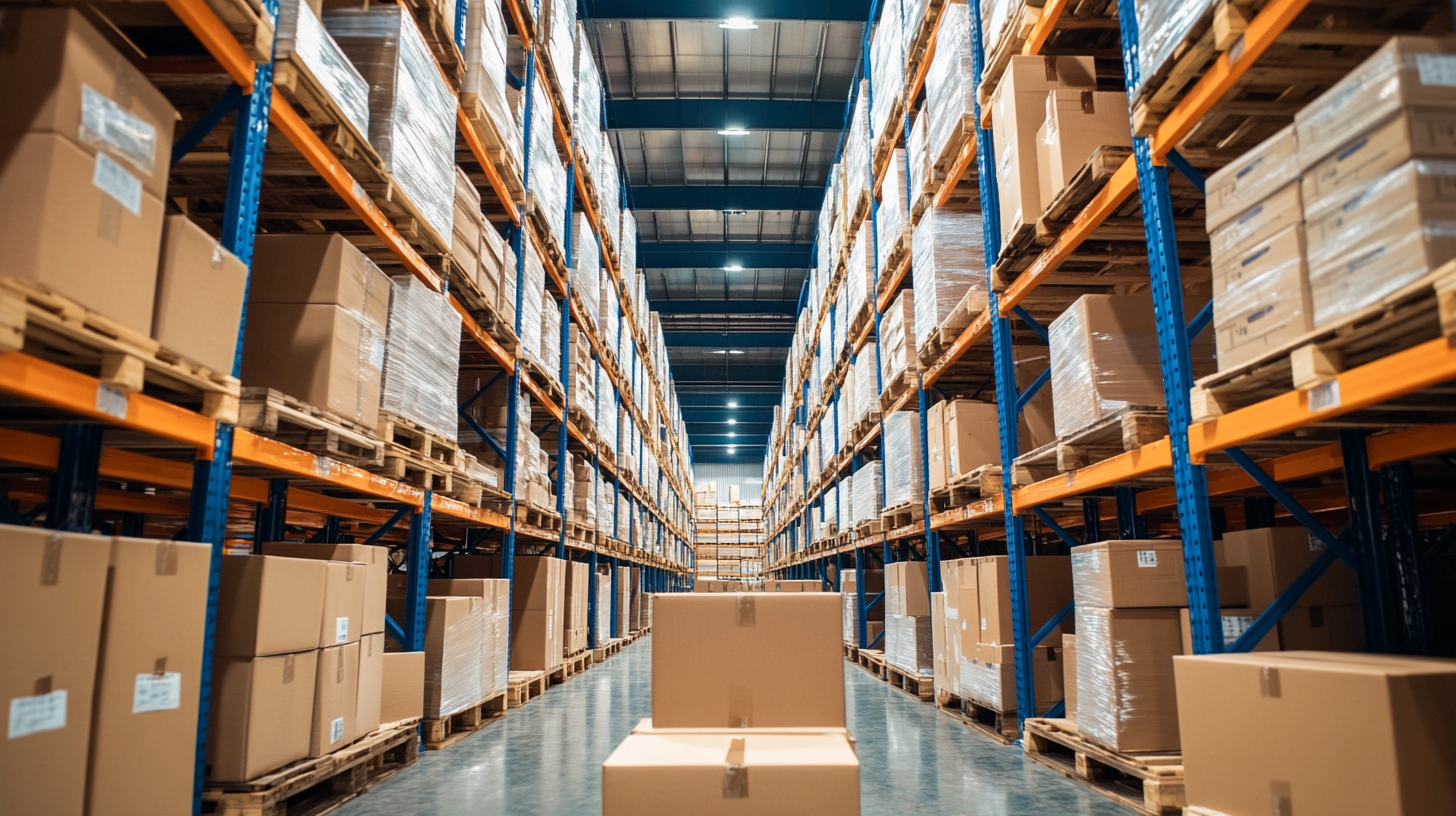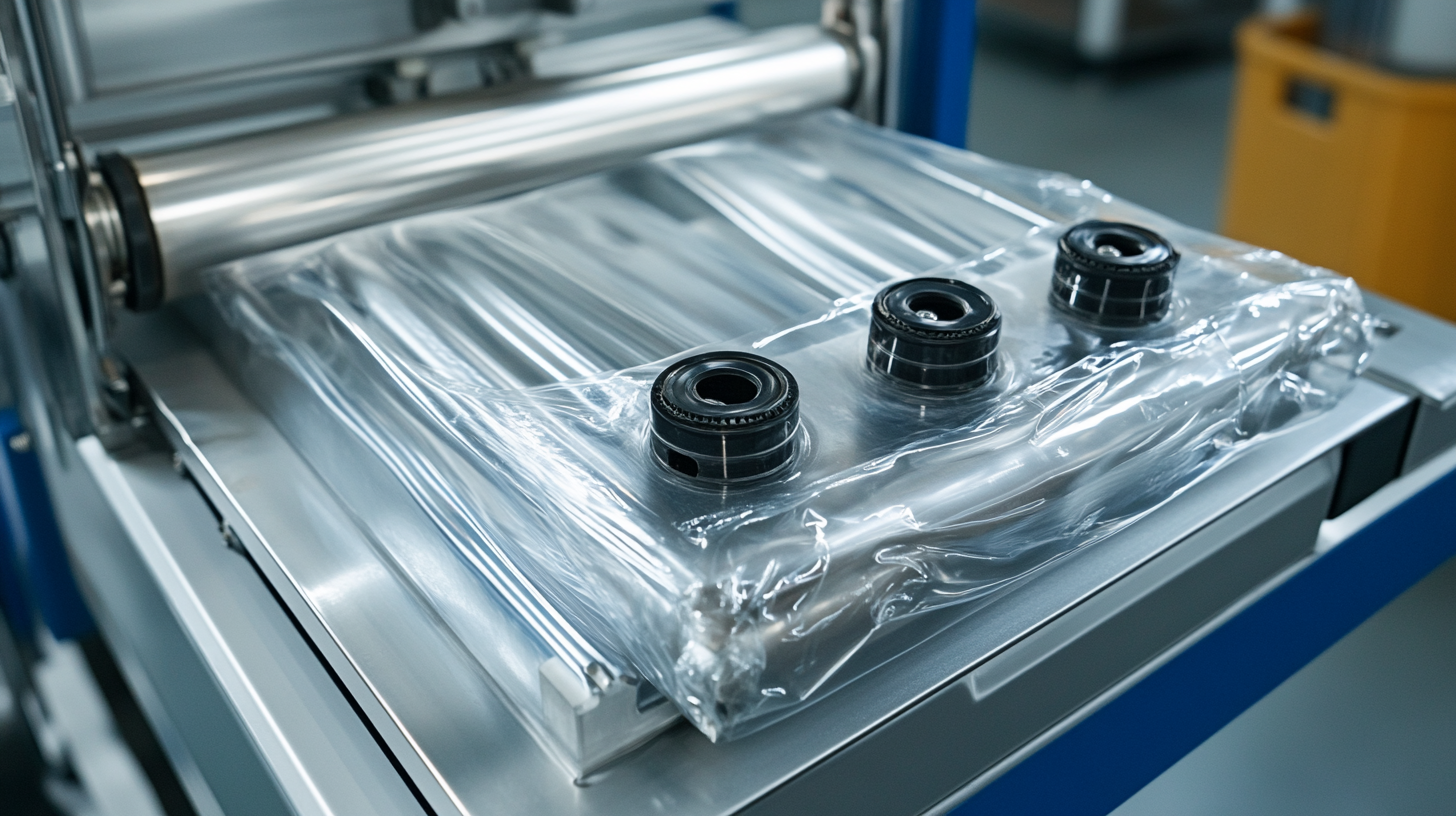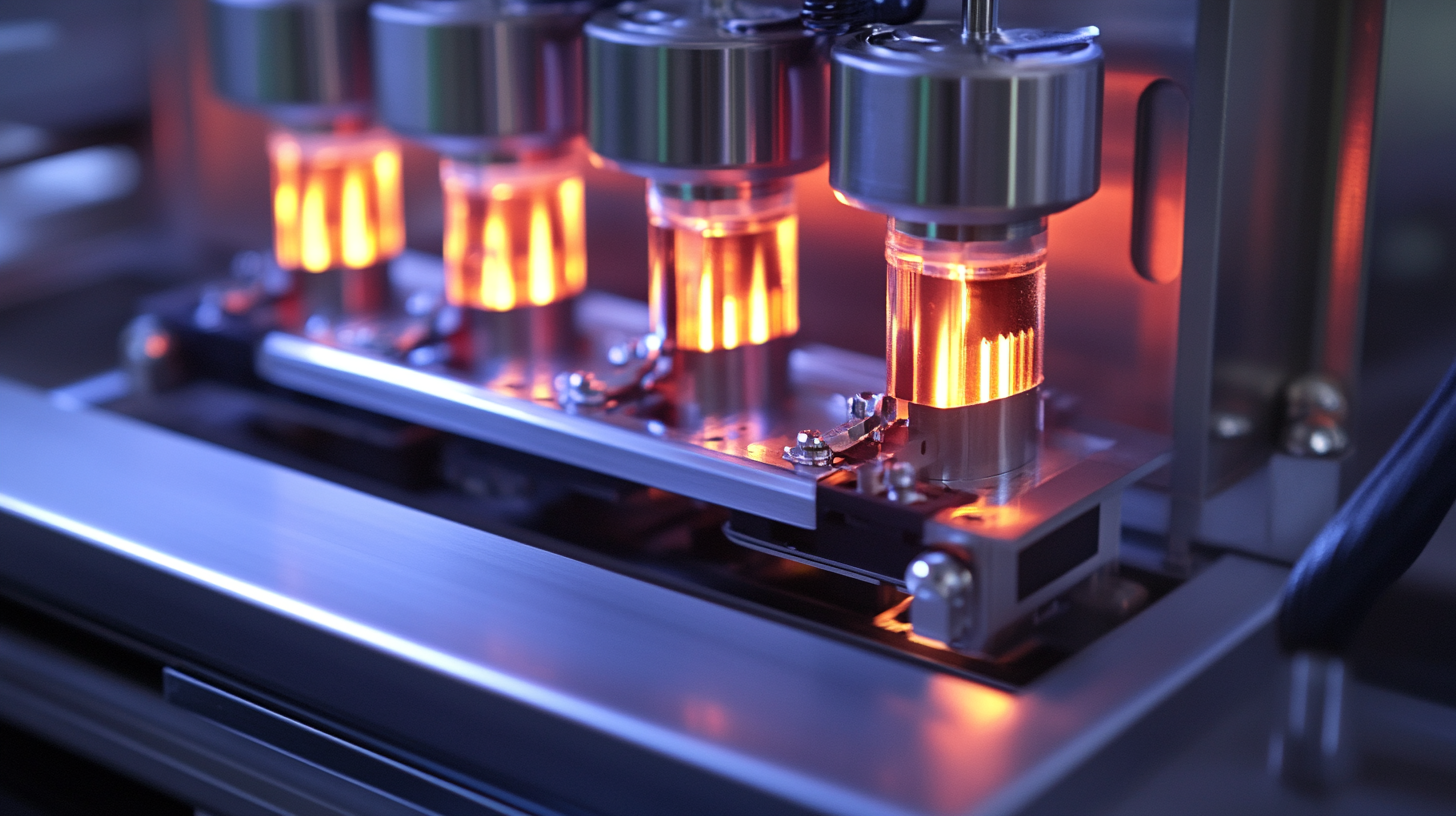Comprehensive Insights into Heat Sealing Machines for Global Procurement Strategies
In today's highly competitive manufacturing landscape, the demand for efficient packaging solutions is more critical than ever. Heat sealing machines have emerged as a pivotal technology in this domain, offering robust and reliable methods for sealing a variety of materials. By utilizing heat sealing technology, manufacturers can ensure product integrity, enhance shelf life, and streamline their packaging processes. As businesses across the globe seek to optimize their procurement strategies, understanding the intricacies of heat sealing machines becomes essential for making informed decisions that can lead to operational efficiency and cost savings.
This blog aims to provide comprehensive insights into heat sealing machines, exploring their functionalities, types, and applications across different industries. By delving into the latest advancements and market trends, we will equip procurement professionals with the knowledge needed to navigate the complexities of sourcing heat sealing machines effectively. Whether you are a manufacturer looking to upgrade your packaging line or a procurement specialist seeking to understand the market landscape, this guide will serve as a valuable resource in your decision-making process.

Understanding the Basics of Heat Sealing Machines in Global Procurement
Heat sealing machines play a pivotal role in various industries, particularly in packaging and manufacturing. With the global packaging machinery market expected to reach approximately $50 billion by 2025, understanding the nuances of heat sealing technology becomes essential for firms aiming to optimize their procurement strategies. These machines utilize heat and pressure to bond thermoplastic materials, making them vital for producing sealed pouches, bags, and other packaging types widely used in food and pharmaceutical sectors. In terms of functionality, heat sealing machines can be categorized into different types, such as impulse sealers, constant heat sealers, and hot plate sealers, each designed for specific applications. According to a report by MarketsandMarkets, the impulse sealing segment is projected to witness a significant growth rate of 6.3% between 2021 and 2026, driven by increasing demand for sustainable packaging solutions. This indicates not only the need for advanced machinery but also the importance of selecting the right technology that aligns with global procurement strategies. Furthermore, the efficiency of heat sealing machines has been enhanced with the advent of smart technologies. Reports suggest that the integration of IoT into machinery is set to provide manufacturers with real-time data analytics, helping to reduce downtime and improve quality control. Companies engaging in procurement should look for machines that deliver not only on performance but also incorporate these innovative features to stay competitive in the evolving market landscape. By adopting such technologies, businesses can ensure their supply chains remain agile and responsive to market changes.

Key Factors to Consider When Sourcing Heat Sealing Machines
When sourcing heat sealing machines for industrial applications, several key factors must be carefully considered to ensure optimal procurement strategies. First and foremost is the machine's efficiency and output capacity. According to a recent report by MarketsandMarkets, the heat sealing machine market is projected to grow from $4.5 billion in 2022 to $6.7 billion by 2027, indicating an increased demand for high-performance machines that can enhance production lines. Understanding the output capacity—measured in bags or packages per minute—ensures that the chosen equipment aligns with your operational needs.
Another critical consideration is the compatibility of heat sealing machines with existing packaging materials. As outlined by the Packaging Machinery Manufacturers Institute (PMMI), approximately 60% of packaging failures are due to improper sealing. Therefore, it is essential to verify that the machine can handle various film types, such as polyethylene, polypropylene, or biodegradable options, to mitigate the risk of seal integrity failures.
Moreover, the technological aspect cannot be overlooked. Modern heat sealing machines often incorporate advanced features such as digital controls and IoT capabilities, which enhance both user experience and machine monitoring. The International Packaging Association highlights that about 30% of manufacturing companies have adopted smart technology in their packaging processes, leading to improved traceability and operational efficiency.
Finally, evaluating the total cost of ownership—including initial purchase price, maintenance costs, and energy consumption—is vital. A detailed assessment can reveal long-term savings opportunities, especially as energy efficiency becomes a crucial aspect of machine design. In conclusion, a strategic approach to sourcing heat sealing machines requires a balance of efficiency, material compatibility, technological innovation, and cost considerations.

Comparative Analysis of Popular Heat Sealing Technologies
When exploring heat sealing technologies, it’s essential to understand the various systems available today and their respective applications. Two of the most popular methods include impulse sealing and direct heat sealing. Impulse sealing operates by heating the sealing bar for a brief moment which is ideal for lightweight materials, providing quick and efficient seals. This method is particularly favored in industries where speed and precision are critical, such as food packaging. On the other hand, direct heat sealing involves continuous heat applied to the materials, making it suitable for thicker films and heavy-duty applications. This technology often results in stronger seals, but requires careful management of temperature and dwell time to avoid material degradation.
Another noteworthy approach is the use of vacuum sealing technology. With its ability to remove air from packaging, this method extends shelf life and enhances product preservation, making it increasingly popular in the food and medical sectors. While the initial investment in vacuum sealing equipment may be higher, the long-term benefits associated with reduced spoilage and waste can justify the cost. Additionally, the versatility of vacuum sealing allows for compatibility with a variety of materials, further broadening its appeal in global procurement strategies.
Finally, ultrasonic sealing is gaining traction as an innovative alternative. This technology harnesses high-frequency ultrasonic waves to create heat at the sealing interface, resulting in strong bonds without the need for external heat sources. Its efficiency and low energy consumption make it an appealing option for manufacturers looking to optimize their processes while minimizing environmental impact. As businesses refine their procurement strategies, understanding the nuances between these technologies will be crucial in selecting the appropriate heat sealing solution to meet their unique production needs.

Cost-Benefit Evaluation for Investing in Heat Sealing Equipment
Investing in heat sealing equipment has significant implications for businesses, particularly when evaluating the cost-benefit aspects. As the industry evolves, the need for efficient and reliable sealing solutions is paramount. The heat sealing machine market is projected to grow considerably, reflecting the technology's importance in various sectors, particularly in packaging and manufacturing. The current valuation of approximately USD 2.1 billion signifies robust interest and investment potential, especially as companies strive to enhance productivity while managing operational costs.
Moreover, adopting heat sealing technology presents substantial long-term savings. By replacing older methods with modern heat sealing machines, businesses can achieve better sealing quality and faster production times, which ultimately leads to reduced labor costs and material waste. For instance, automated sealing solutions are transforming various industries, allowing for customization and efficiency, akin to the advancements seen in garment manufacturing. This transformation encourages businesses to assess not only the upfront investment costs but also the substantial savings over time facilitated by improved operational efficiency.
When integrating heat sealing machines into your procurement strategies, it's critical to conduct a thorough cost-benefit evaluation. This involves analyzing not just the purchase price but also factors such as energy efficiency and maintenance costs. As industries across the globe increasingly embrace advanced technologies, the strategic investment in heat sealing equipment could pave the way for innovation and competitive advantage.
Trends and Innovations Shaping the Future of Heat Sealing Solutions
The landscape of heat sealing solutions is evolving rapidly, driven by innovations and emerging trends that are reshaping procurement strategies globally. One of the most significant trends is the integration of automation and smart technology into heat sealing machines. Manufacturers are increasingly adopting intelligent systems that not only enhance precision and efficiency but also provide real-time monitoring and data analytics. This allows companies to optimize their production processes and reduce waste, making heat sealing operations more sustainable.
Another noteworthy innovation is the development of advanced materials for heat sealing applications. As industries demand greater flexibility and durability from packaging solutions, manufacturers are exploring novel polymers and composites that can withstand a variety of conditions. These materials not only improve the quality of seals but also expand the range of products that can be effectively packaged, from food items to medical supplies. Such advancements cater to the growing need for adaptable packaging solutions in a global market that is becoming increasingly diverse in product offerings.
Additionally, the shift towards eco-friendly practices has led to a surge in interest in biodegradable and recyclable sealing technologies. As consumer awareness regarding environmental issues rises, businesses are more inclined to invest in heat sealing machines that align with sustainability goals. This trend not only meets regulatory demands but also appeals to eco-conscious consumers, providing companies with a competitive edge in the marketplace. Embracing these trends and innovations is essential for organizations looking to enhance their procurement strategies and stay ahead in the dynamic world of heat sealing solutions.
